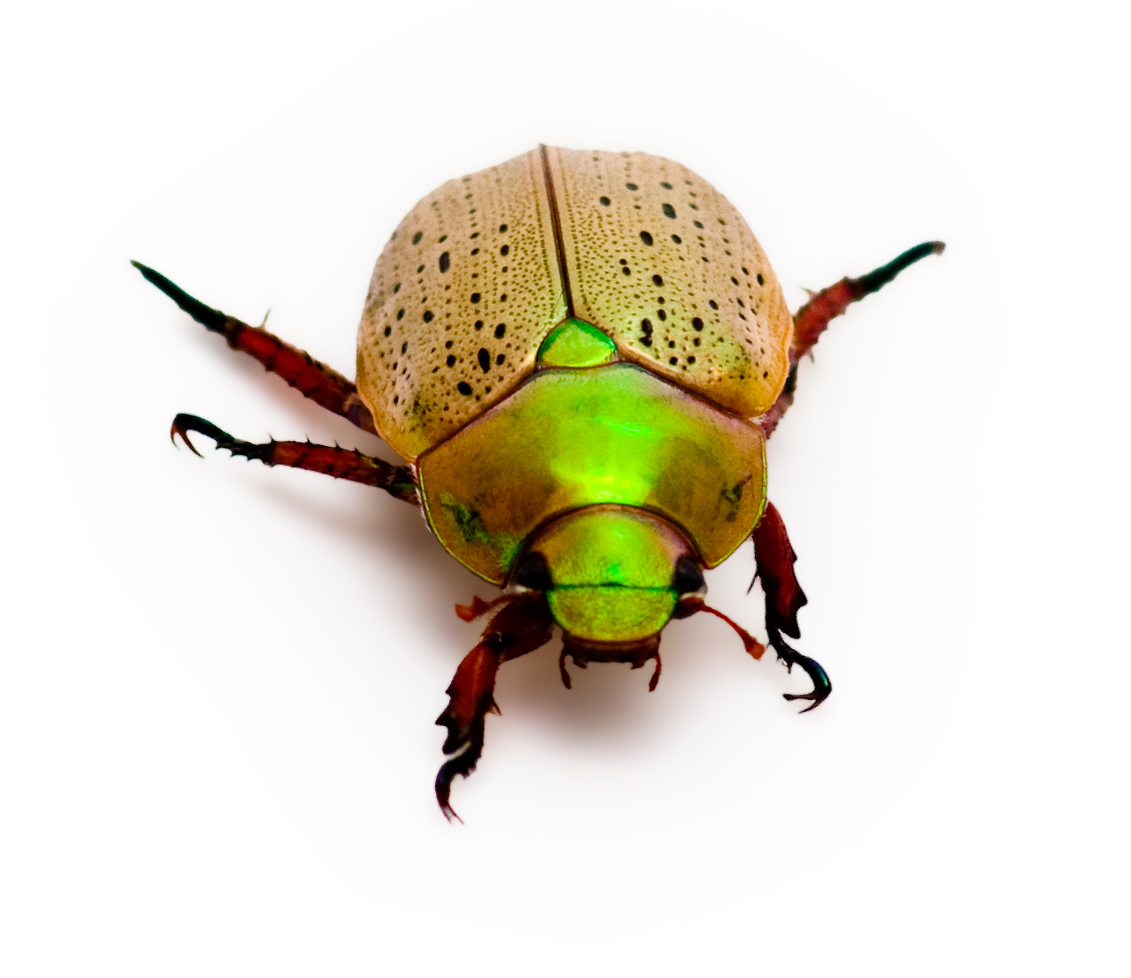


The omnivores bugs form an important link in the food chain by recycling dead and decaying matter.īut the scavenger feeders can cause significant feeding damage, particularly on canola seedlings, leading to seedling mortality and stunted plant growth. In south-eastern Australia, slaters have caused crop damage to wheat, oats, lentils and pastures.

It is still unclear why so many woodlice appeared on the rural property but it is not the first time this type of mass migration has been documented.Ī video captured last month by Australian photographer Wendy Sheehan showed thousands of slater bugs migrating near the town of Quilpie, Queensland, located approximately 950km west of Brisbane. In just over three months, Sydney passed its annual average rainfall of 1,214mm last Thursday, making it the wettest start to the year on record. Unprecedented weather conditions have battered NSW and Queensland as torrential rain, storms and devastating floods have caused chaos for Australia's east coast. 'They came to the surface presumably because the ground became too saturated for them, so they were moving to drier land,' Ms Filardi said. The swarm may have been triggered by the recent downpour or by the anticipation of upcoming rain. Reasons for the mass migration are still unknown, but may have been caused by recent downpours or by the anticipation of upcoming rain as woodlice need damp conditions in order to survive In their natural habitat, the multi-legged, land-living crustaceans are typically found in moist areas and are commonly found under rocks and logs, in leaf litter in forested areas and in gardens across Australia. The Isopods were coming from underground.'ĭespite occupying a form more commonly found in aquatic animals, they are terrestrial and have earned the nickname 'roly-polies' due to their ability to roll into a ball when disturbed. 'I witnessed what looked like the ground moving and took a closer look. 'There was a big rain event, my family were camping and we got bogged in the mud for three days,' Ms Filardi said. It is a flattened, reddish brown animal, up to 23 cm (9 in) long and 14 cm (6 in) wide, with flattened antennae and no claws. It lives in shallow waters around Australia and is the subject of small-scale fishery. Ms Filardi said she was camping with her family when she witnessed the 'holy roly-poly moment'. Ibacus peronii, the Balmain bug or butterfly fan lobster, is a species of slipper lobster. The video posted to her Instagram account, shows waves of slater bugs bizarrely moving across the dirt in the same direction.

Footage captured by supervising scientist Angela Filardi, showed thousands of slater bugs crawling across the dirt on a rural property in Queensland, AustraliaĮnvironmental Scientist, Angela Filardi, captured the video of the mass migration on a property in Camooweal, a town located on the border of Queensland and the Northern Territory.


 0 kommentar(er)
0 kommentar(er)
